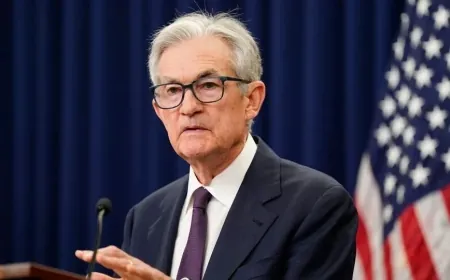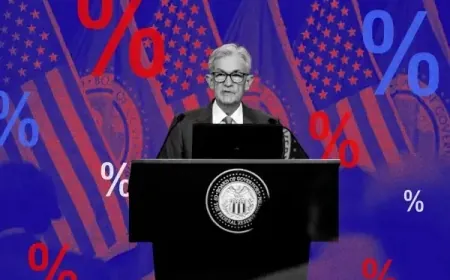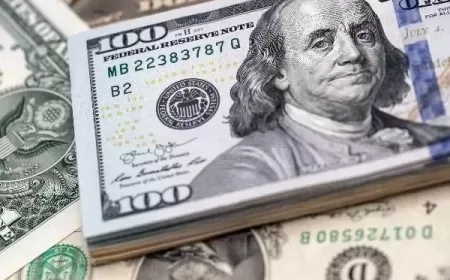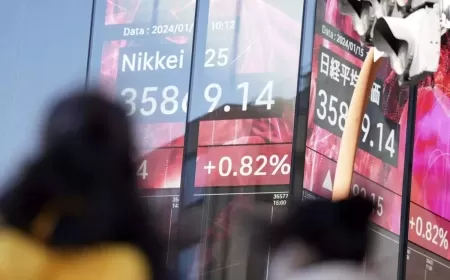U.S. Tariffs Spark Market Fears as Trade War Grows with Canada, Mexico, and China
President Trump’s new tariffs on Canada, Mexico, and China are shaking up the markets. Experts warn of stock drops, currency changes, and more trade tension as countries respond.
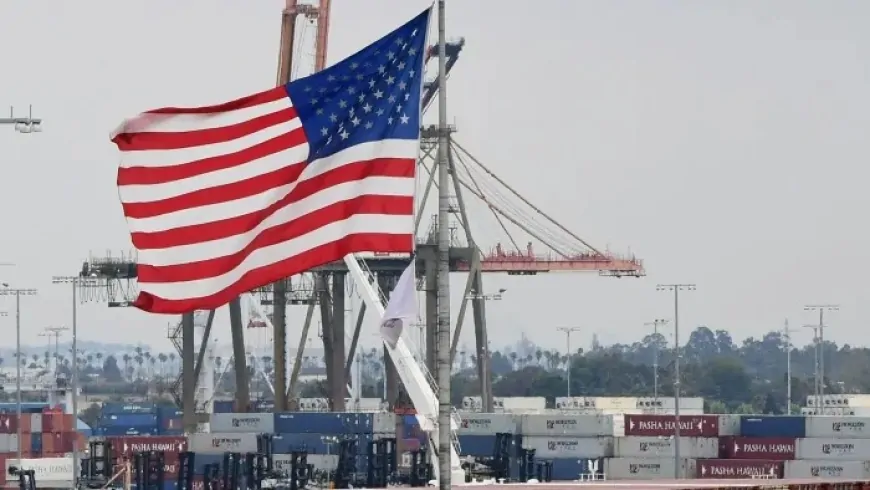
Global markets are poised for a significant shakeup following the announcement of new U.S. tariffs by President Donald Trump, targeting imports from Canada, Mexico, and China. This move has sparked concerns about the potential negative effects on global economic growth and the risk of renewed inflationary pressures, setting the stage for heightened market volatility.
With Canada and Mexico—two of the U.S.’s largest trading partners—vowing immediate retaliation, and China pledging countermeasures, markets face the prospect of escalating trade tensions. Investors have already been unsettled by the recent launch of China’s DeepSeek AI model, which caused a downturn in tech stocks, alongside growing uncertainty over Trump’s tariff strategy.
Global Trade War Fears Weigh on Markets
The risk of a global trade war raises fears about the future of U.S. corporate profits and the potential for higher inflation, which could undermine expectations for U.S. interest rate cuts. As a result, the Canadian dollar and China’s yuan have been placed under significant pressure.
Mark Malek, Chief Investment Officer at Siebert Financial, commented, “The market is likely to react to these developments. While it has largely supported Trump’s policies in the past, this situation could mark a shift in market sentiment.”
Trump’s executive orders, which take effect on Tuesday, impose a 25% tariff on most imports from Canada and Mexico, and a 10% tariff on Chinese goods. This move is expected to have wide-reaching economic implications.
Canada and Mexico Respond to Tariffs
In response to the U.S. tariffs, Canada has announced a 25% tariff on $155 billion worth of U.S. goods, with the first phase—worth $30 billion—set to take effect on Tuesday. The remaining tariffs will be implemented over the following 21 days.
Nick Twidale, Chief Market Analyst at ATFX Global, emphasized that these developments would likely weaken the Canadian, Mexican, and Chinese currencies. With these economies now facing increased trade barriers, analysts anticipate significant currency fluctuations, particularly when Asian markets open.
The Canadian dollar, already under pressure, recently hit a five-year low, approaching 1.459 per U.S. dollar. Mexico’s peso is expected to face a near-12% decline, according to JPMorgan’s estimates, if tariffs are imposed at the projected levels.
Stock Market Volatility Expected
As markets reopen on Monday, analysts predict a potential selloff in stocks and higher-risk assets. Gene Goldman, Chief Investment Officer at Cetera Financial Group, noted that high stock valuations, the inflationary impact of the tariffs, and the possible effect on Federal Reserve policy could lead to a market correction.
With the S&P 500 index currently near record highs, strategists at Evercore ISI estimate that the index could fluctuate by 3% to 5% in either direction in the short term.
Economic Impacts of Tariffs on Corporate Earnings
The tariffs are already expected to have a significant impact on corporate earnings. Barclays strategists have estimated that the trade measures could reduce S&P 500 company earnings by up to 2.8%, factoring in retaliatory tariffs from affected countries.
Trump’s executive orders include provisions that allow for further escalation of tariffs if the targeted nations respond with additional countermeasures. This could further intensify the strain on global trade and investment.
Inflation Concerns and Federal Reserve Policy
Goldman Sachs economists have predicted that tariffs on imports from Canada and Mexico could increase core inflation by 0.7% and reduce U.S. GDP by 0.4%. The potential for higher consumer prices has raised concerns among investors, who fear that inflationary pressures could prompt the Federal Reserve to halt its ongoing rate-cutting cycle. Last week, the Fed paused its rate cuts, with Chairman Jerome Powell indicating that policymakers were awaiting more clarity on the administration’s trade policies.
Global Implications for Europe and Beyond
The effects of the tariff dispute are not confined to the U.S. and its immediate trading partners. Klaas Knot, a policymaker at the European Central Bank, warned that the tariffs would likely lead to higher inflation in the U.S., which could weaken the euro and have broader global economic consequences.
Marchel Alexandrovich, an economist at Saltmarsh Economics, also noted that the European Union could soon be targeted by U.S. tariffs. “The retaliatory actions from Canada demonstrate the rising risks to global trade, and Europe could soon face similar measures,” he said.
As the situation unfolds, the impact of these tariffs on global trade remains uncertain, with markets bracing for continued turbulence in the weeks to come.
Also Read: Trump Imposes New Tariffs on Canada, Mexico, and China – Live Updates



